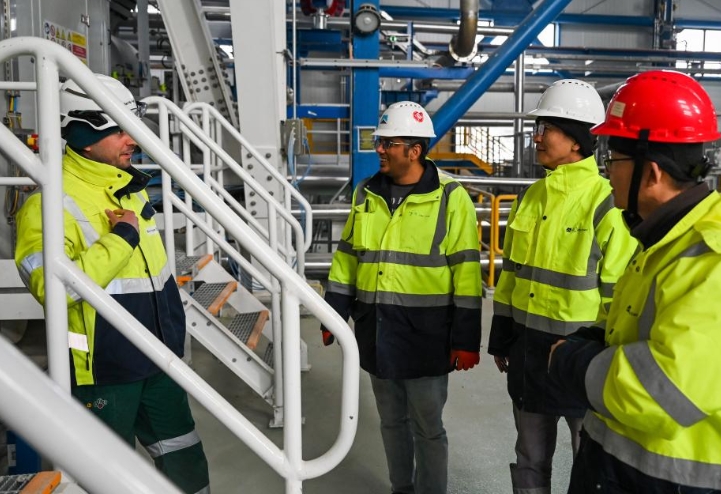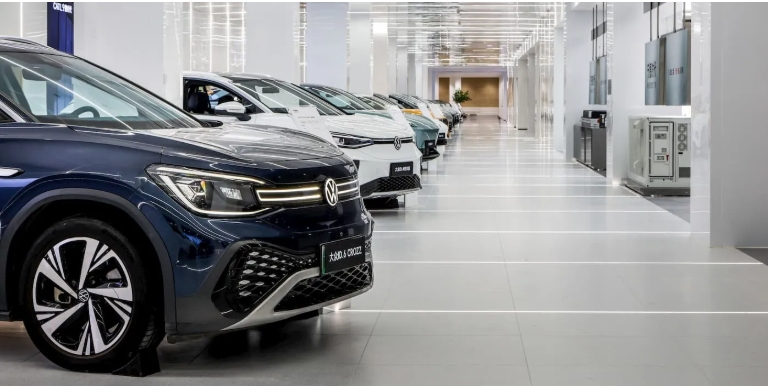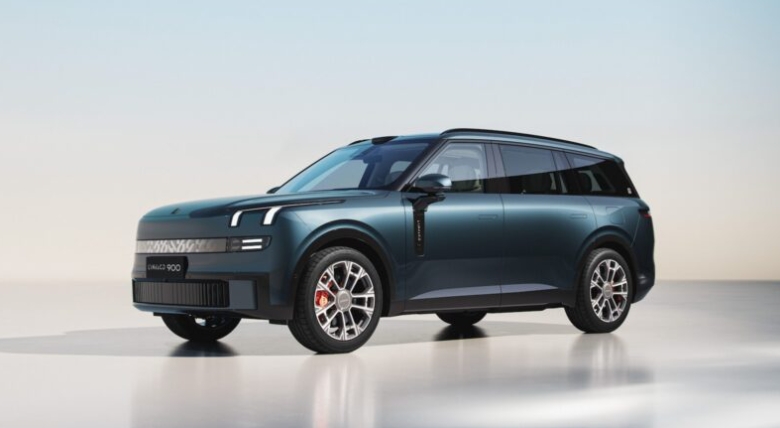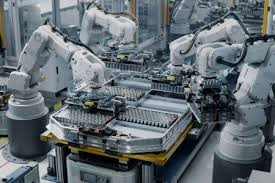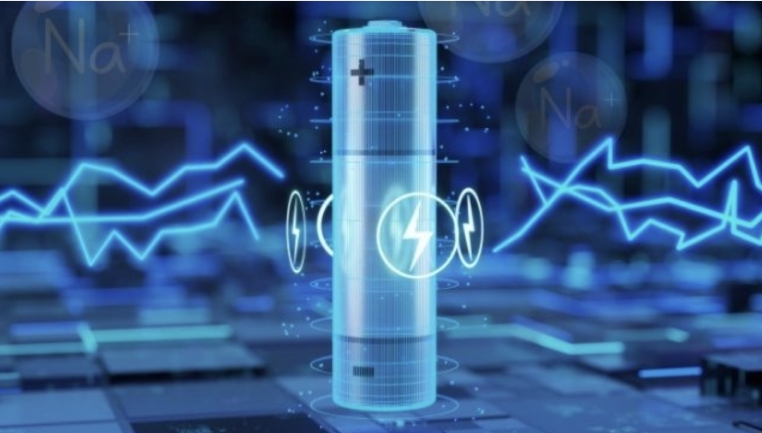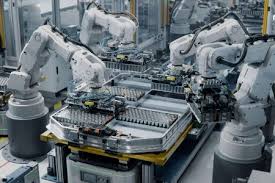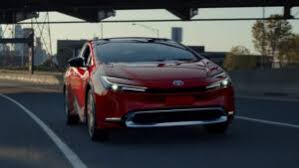Daimler Truck AG and Rolls-Royce plc plan to cooperate on stationary fuel-cell generators as CO2-neutral emergency power generators for safety-critical facilities such as data centers. They are to offer emission-free alternatives to diesel engines, which are currently used as emergency power generators or to cover peak loads. Daimler Truck AG and the British technology group Rolls-Royce have signed an agreement to this effect. A comprehensive cooperation agreement is to be prepared and signed by the end of the year.
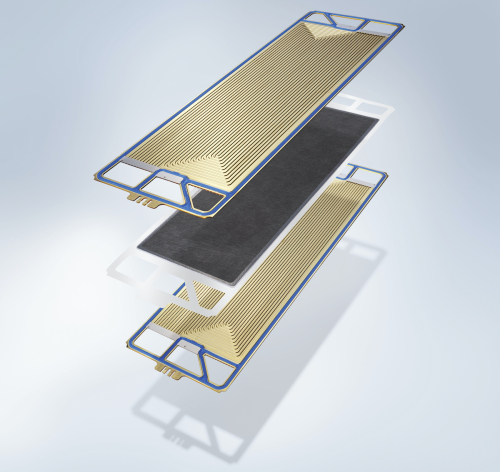 The PEM fuel cell is structured like a sandwich. In the center is a thin plastic film, the Proton Exchange Membrane (or PEM). This membrane is coated on both sides with a thin catalyst layer and a gas permeable electrode made of graphite paper. The membrane is surrounded by two bipolar plates into which gas ducts have been milled. Through these gas ducts flows hydrogen on the one side, and oxygen on the other. These individual fuel cells are stacked one behind the other to create the fuel cell stack, thus forming the energy source to drive the vehicle. Source: Daimler
The PEM fuel cell is structured like a sandwich. In the center is a thin plastic film, the Proton Exchange Membrane (or PEM). This membrane is coated on both sides with a thin catalyst layer and a gas permeable electrode made of graphite paper. The membrane is surrounded by two bipolar plates into which gas ducts have been milled. Through these gas ducts flows hydrogen on the one side, and oxygen on the other. These individual fuel cells are stacked one behind the other to create the fuel cell stack, thus forming the energy source to drive the vehicle. Source: Daimler
In April, Daimler Truck AG and the Volvo Group signed a preliminary, non-binding agreement to establish a new joint venture for the large-scale development, production and commercialization of fuel-cell systems for heavy-duty commercial vehicles and other applications. (Earlier post.)
The Rolls-Royce Power Systems business unit plans to rely on these fuel-cell systems from the planned joint venture—as well as Daimler’s many years of experience—in the emergency power generators it develops and distributes for data centers under the MTU product and solution brand.
Daimler and Rolls-Royce are linked not only by longstanding cooperation on conventional drive systems for other applications. At the end of last year, Rolls-Royce Power Systems and Lab1886, Daimler’s innovation unit for new business models, had already agreed on a pilot project to develop a demonstrator for the use of this technology for stationary power supply on the basis of fuel-cell modules from the automotive sector. It will go into operation in Friedrichshafen by the end of this year.
Daimler Truck AG and the Volvo Group plan to start large-scale production of heavy-duty fuel-cell commercial vehicles for demanding and heavy long-haul applications in the second half of the decade. However, the fuel-cell systems for stationary applications can be produced in series by the planned joint venture between Daimler Truck AG and the Volvo Group at an earlier stage, as the specific requirements for use in transport on public roads do not apply.
During the past two decades, Daimler has already developed considerable expertise in fuel-cell technology with its site in Nabern, Germany (currently the headquarters of Mercedes-Benz Fuel Cell GmbH) and other production and development facilities in Germany and Canada.
In order to enable the joint venture with the Volvo Group, Daimler Trucks is bringing together all of the Daimler Group’s fuel-cell activities in a new fuel-cell entity and will place them in the planned joint venture. This also includes the allocation of the operations of Mercedes-Benz Fuel Cell GmbH to Daimler Truck AG.
